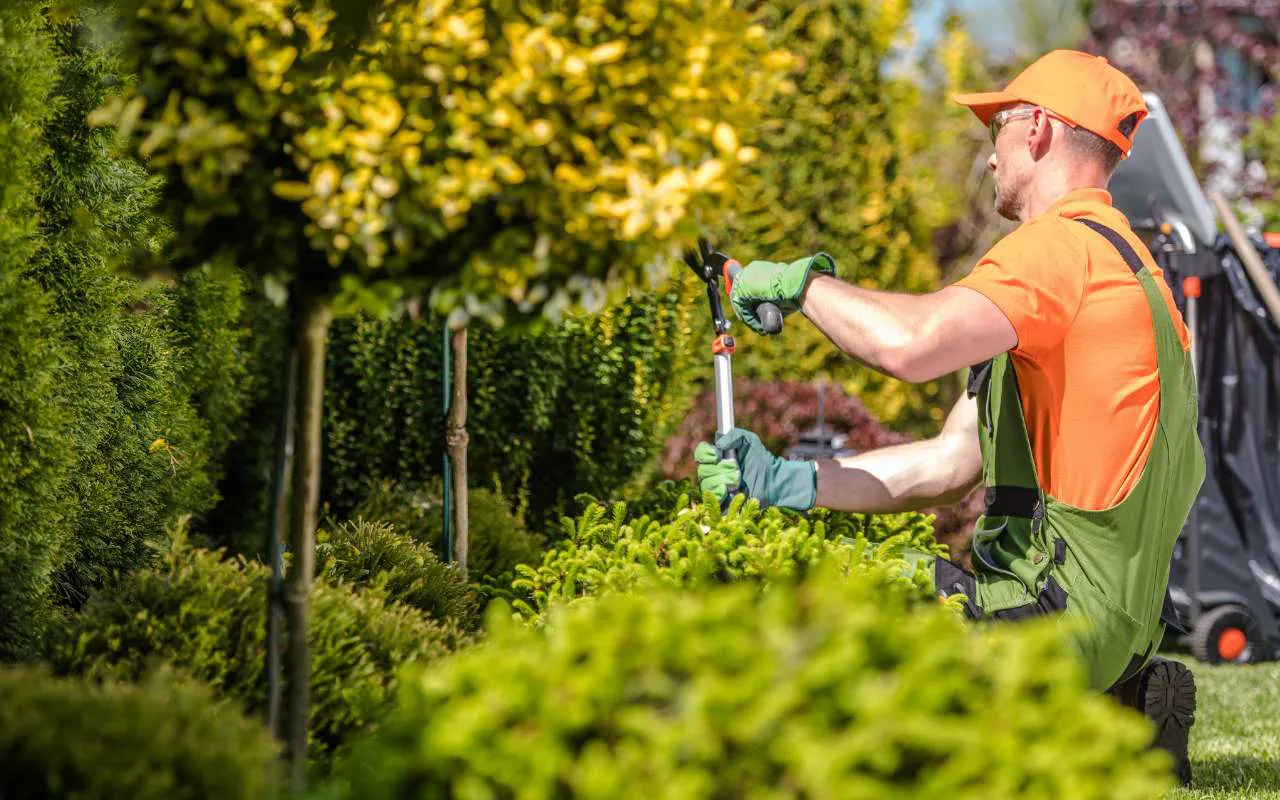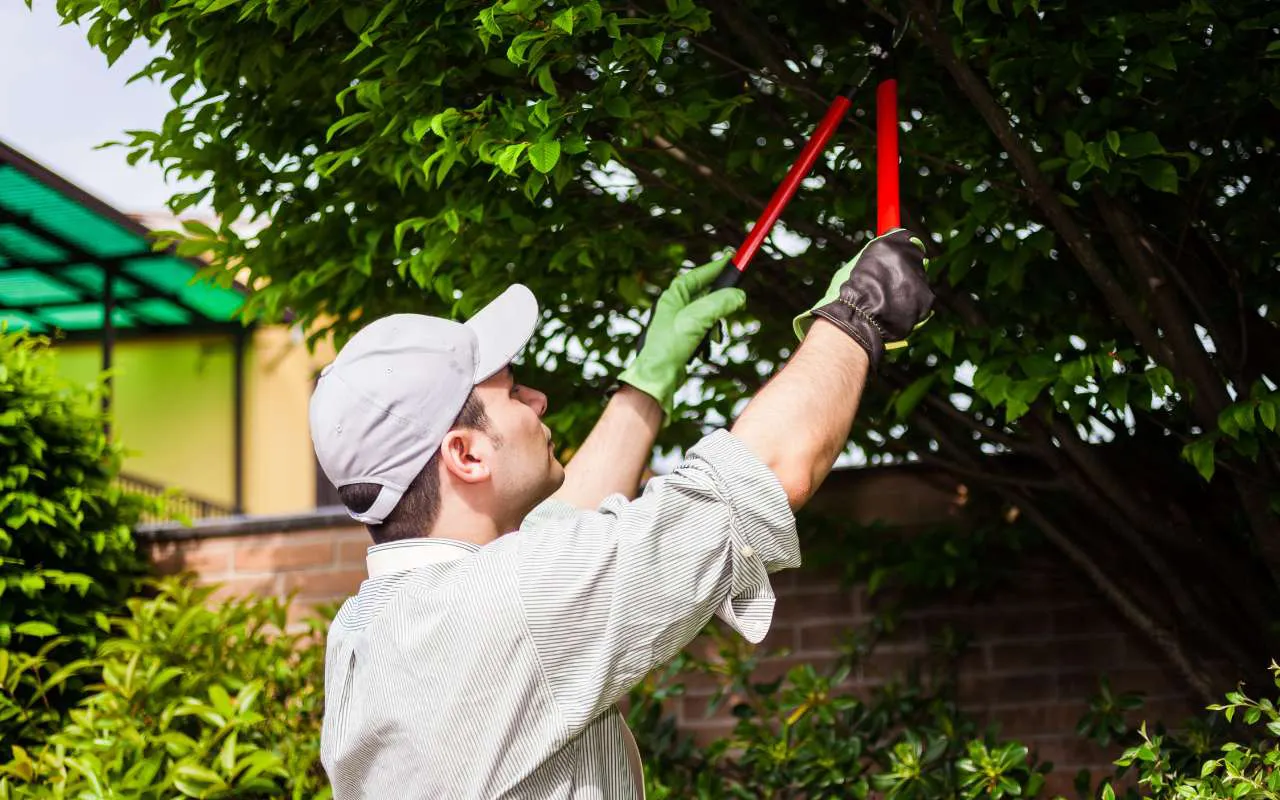
How to Trim a Tree: Tips and Tricks
Have you ever wondered how to trim a tree safely and effectively? Whether you’re a beginner or a seasoned gardener, proper tree trimming is essential for maintaining your tree’s health. It also enhances your yard’s aesthetics.
In this post, we’ll discuss the essential tips and tricks for mastering the art of tree trimming. By following our straightforward guide, you’ll keep your trees healthy. This ensures they continue to beautify your space for years to come.
How to Trim a Tree | Essential Techniques

Understanding the Basics of Tree Trimming
Tree trimming is crucial for maintaining both the health and safety of your trees. Start by identifying branches that need attention—look for those that are dead, diseased, or excessively overgrown. Such branches can impede the growth of healthier parts.
Best Time to Trim Trees
Late winter or early spring is often ideal for trimming most tree species. Trimming during this period allows trees to heal before the spring growth spurt begins, reducing the risk of disease infiltration.
Tools You’ll Need
- Pruning Shears: Perfect for small branches less than ¾ inches in diameter.
- Loppers: Best for medium branches between ¾ and 1 ½ inches in diameter.
- Pruning Saw: Essential for larger branches over 1 ½ inches.
Equipping yourself with the right tools ensures clean cuts, which help prevent disease and promote quicker healing.
Step-by-Step Guide to Trimming
- Safety First: Always wear safety gear like gloves and goggles.
- Clean Cuts: Make your cuts at a 45-degree angle to prevent water accumulation, which can cause rot.
- Judicious Trimming: Only trim what is necessary to avoid stressing the tree.
Common Mistakes to Avoid
One significant error is “topping,” which involves drastically cutting large branches or the tops of trees. This practice can weaken trees structurally and make them prone to disease.
Aftercare Tips
Post-trimming, ensure to hydrate your trees and apply mulch around the base. These steps help promote healthy growth and recovery.
Seasonal Considerations for Tree Trimming
Understanding your trees’ different needs throughout the seasons can greatly enhance their longevity and vitality. For example, trimming flowering trees just after they bloom ensures they have time to set buds for the next year without losing the current year’s growth.
Handling Large or Dangerous Trees
It’s wise to consult with or hire a professional arborist for larger or more hazardous trees. These experts can handle high, large, or complex branches safely, ensuring that both you and the tree remain safe during the process.
How to Trim a Tree | FAQ Section
Q: How often should I trim my trees?
A: Trees should be trimmed every 3 to 5 years, but this varies depending on the species and growth rate.
Q: Can I trim my trees in the summer?
A: It’s best to avoid heavy trimming in summer as trees are more vulnerable to stress and damage.
Q: What should I do if I notice signs of disease in my tree during trimming?
A: If you spot diseased branches, it’s crucial to remove them immediately and disinfect your tools after each cut to prevent the spread of infection.
Tips for Effective Tree Trimming
- Regular Inspections: Check your trees regularly for signs of distress or disease.
- Professional Help: When unsure, always consult a certified arborist to ensure your trees receive the best care.
How to Trim a Tree |Ready to Enhance Your Landscape?
Trimming your trees boosts their health and appearance and ensures they continue to thrive for years. If you’re hesitant about where to start or need expert advice, don’t hesitate to reach out to our professional arborists. We’re here to help you every step of the way.
Contact us today to schedule your next tree trimming session and ensure your trees are in the best hands!
